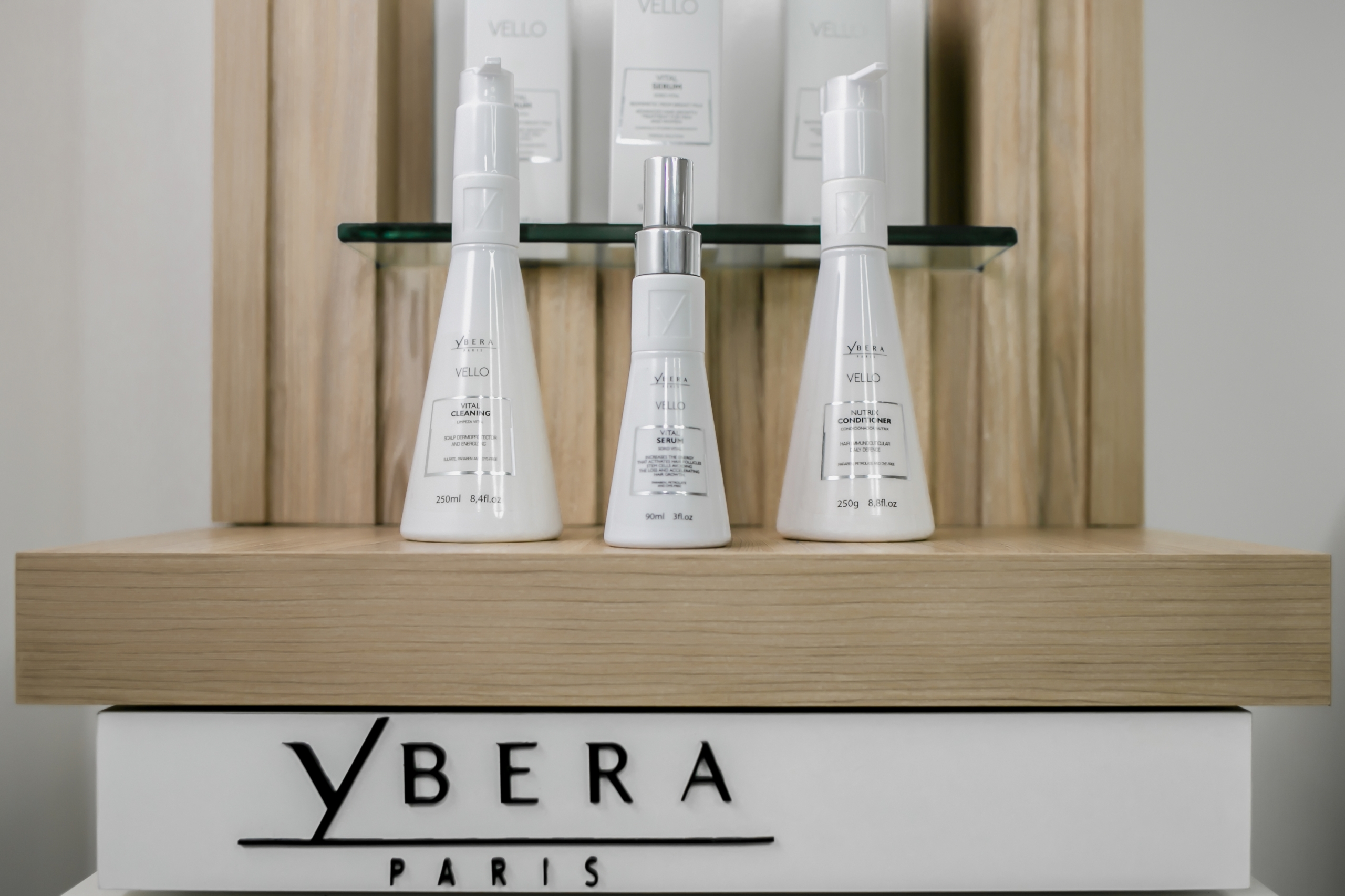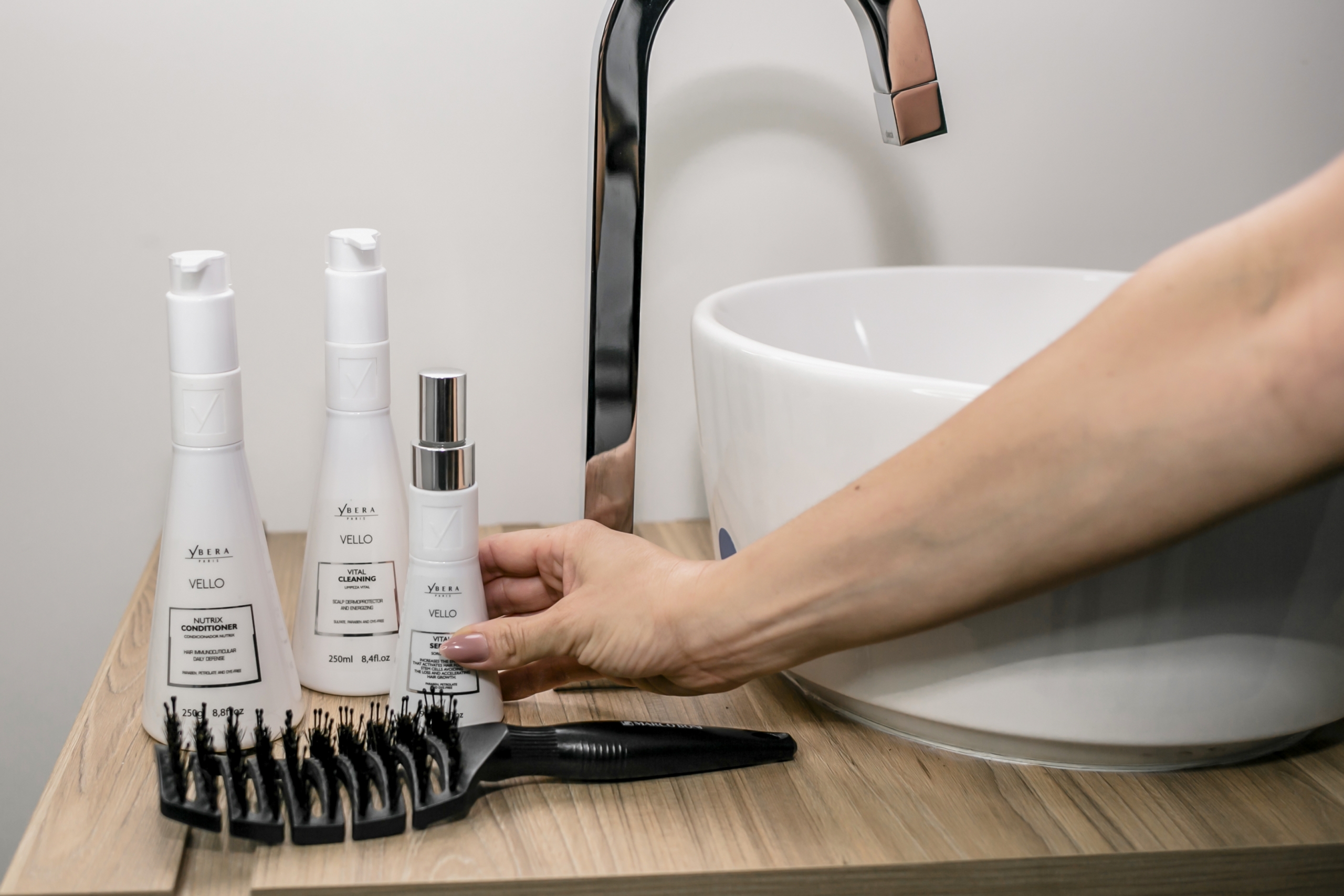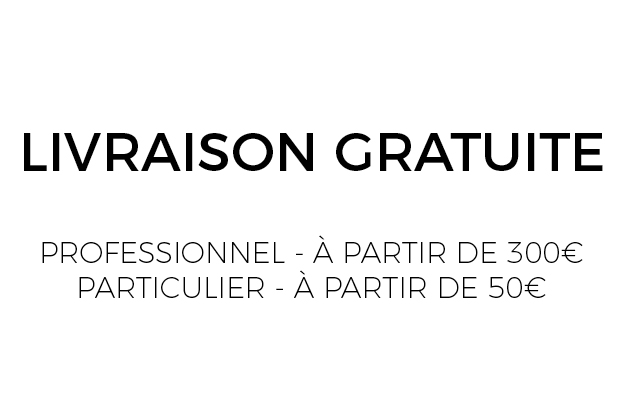Published on April 19, 2022

Today, aggravated alopecia affects 70% of men. A majority of them feel it as a struggle and suffer from important complexes. For some, it can become a real suffering especially for young people and people where the impact of alopecia goes beyond a simple question of of appearance.
20% of women are also affected by hair loss during certain periods periods of their lives (puberty, maternity, pre-menopause or menopause).
The men and women are affected by alopecia. Most of the time it is of the androgenetic, i.e. hereditary. It is manifested by hair loss and a decrease in hair volume. 70 % of men are affected by this hair loss, which generally begins around the age of 20 and stabilizes at the age of 30.
Women who are pregnant are not immune to this phenomenon known as postpartum alopecia postpartum. In fact, in the 2 to 5 months following childbirth, young mothers experience hair loss.
The word "alopecia" comes from the Greek "alopex" which means "fox". Indeed, the term "fox" is explained by the passage to the spring season, when the fox's fur falls significantly , and thus the link with hair loss in humans.
Alopecia is defined as an abnormal loss of hair. When it is located on the scalp, which is the most frequent case, it is called baldness.
There are two types of alopecia:
- Scarring alopecia: It is defined by the active destruction of the hair follicle (burns...).
- Non-scarring alopecia: This is a process that reduces hair growth without causing irreparable damage to the hair follicle.
There is also acute loss, which is transient, frequent and occurs in the short term. This loss occurs during a change of season, a period of stress, fatigue, after a general anaesthesia or even childbirth.
On the other hand, chronic loss occurs over long periods (3 to 6 months or more). It occurs when there are iron or vitamin deficiencies. Tobacco and pollution can also cause chronic hair loss.
Androgenetic alopecia
This type of alopecia is hereditary, frequent and affects men (15% at 20 years old, 30% at 30 years old and 50% at 50 years old) and women (20% at 40 years old).
However, the areas affected are not identical. In men, hair loss is generally located at the temples and on top of the head. For women, hair loss is located along the parting.
Pelade
It is an autoimmune disease , caused by an excessive reaction of the immune system directed against the hair follicles. 60,000 to 120,000 cases are recorded in France.
It results in acute hair loss, on a few smooth, round, delineated patches.
Traction and cosmetic alopecia
It is mostly seen in young women and is caused by excessive and prolonged pulling on the length of the hair. It often manifests itself through the use of certain hairstyles such as braids, buns, ponytails and tight buns. Hair coloring and straightening can also cause hair loss.
There are other possible causes outside of hairstyles such as medications, eating disorders, mycotic infections and secondary alopecia related to certain pathologies.
The solutions to overcome the alopecia complex.

Ybera Paris offers you the Vello range, a miracle treatment to remedy hair loss.
Scientific research observed that the hair of the newborn grows rapidly on a short period at birth. This phenomenon is linked to the absorption of colostrum colostrumwhich is considered the baby's first vaccine. Indeed, the maternal colostrum strengthens the baby's immune system and digestive function. It is particularly rich in essential antibodies.
These research has led to the development of the Vello range, a revolutionary revolutionary designed in the Ybera Paris laboratories that accelerates hair growth and fight hair loss by restoring vitality to the hair thanks to the technology Alfa-Lactobaby technology.
Alfa-Lactobaby is the main component of the Vello range, it acts as a fertilizer cellular fertilizer, increases oxygenation of the scalp, strengthens and nourishes the bulb and the entire length of the hair.
Good to know:


